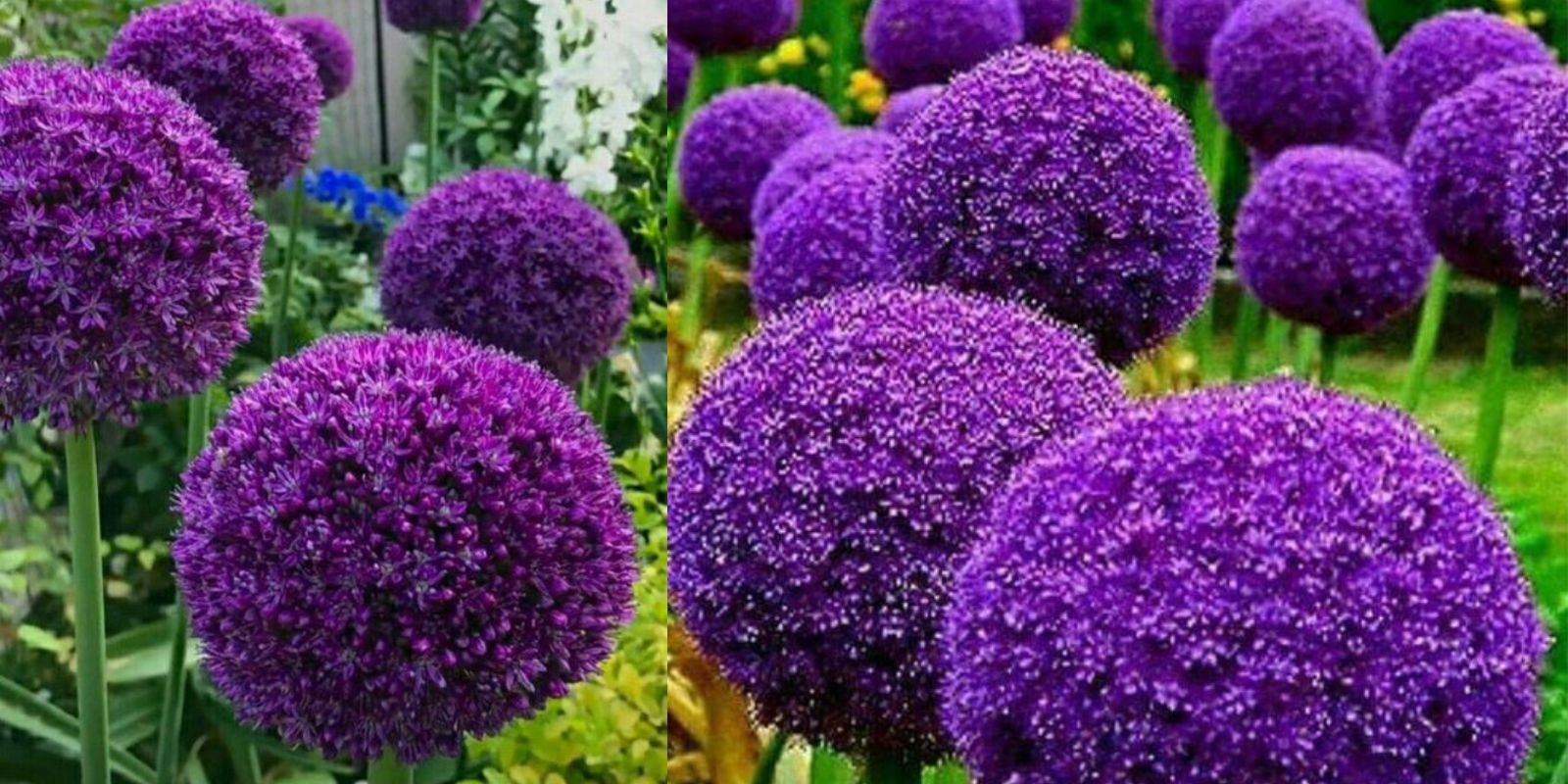The Snake Plant, or Sansevieria trifasciata, is a beloved indoor plant renowned for its resilience, minimal care requirements, and air-purifying capabilities. Its upright, sword-like leaves make it a stylish addition to any home. Yet, there is a lesser-known aspect of this plant: its potential to bloom. With the right care, the Snake Plant can produce fragrant flowers that fill your home with a delicate, sweet aroma. This article will guide you through the steps to encourage blooming in your Snake Plant, enhancing your living space with its delightful fragrance.
Understanding the Snake Plant
Before delving into blooming techniques, it’s essential to understand the Snake Plant’s characteristics and care requirements. Native to tropical West Africa, this plant thrives in a range of conditions, making it a popular choice for indoor environments. Known for its robustness, the Snake Plant can survive neglect and is tolerant of low light and irregular watering. However, blooming is a rare and special event that requires optimal conditions.
1. Providing Proper Lighting
Lighting is one of the most critical factors in encouraging your Snake Plant to bloom. While the Snake Plant can tolerate low light, it needs bright, indirect light to thrive and bloom. Place your plant near a window where it can receive ample natural light but avoid direct sunlight, which can cause leaf burn. If natural light is insufficient, consider using fluorescent or LED grow lights to supplement the light conditions. The right lighting will promote overall plant health and increase the chances of blooming.
2. Controlling Watering
Watering practices significantly impact the health of your Snake Plant and its ability to bloom. This plant is adapted to dry conditions and is prone to root rot if overwatered. Water the plant sparingly, allowing the soil to dry out completely between waterings. During the winter months, reduce the frequency of watering as the plant’s growth slows down. Use a pot with drainage holes to ensure excess water can escape, preventing water from pooling at the bottom and causing root issues.
3. Using Well-Draining Soil
Choosing the right soil mix is crucial for the health and blooming potential of your Snake Plant. A cactus or succulent soil mix is ideal as it provides excellent drainage, preventing waterlogged conditions that can lead to root rot. Avoid using heavy, clay-based soils that retain moisture. Instead, opt for a soil mix that allows water to pass through easily and provides adequate aeration for the roots.
4. Fertilizing Moderately
Fertilization helps support the overall health of your Snake Plant and can potentially encourage blooming. Use a balanced, liquid fertilizer and apply it once a month during the growing season, which is typically from spring to summer. Over-fertilization can lead to nutrient burn or salt buildup, so it is essential to follow the recommended dosage. Reduce or cease fertilization during the fall and winter months when the plant’s growth slows.
5. Maintaining Optimal Temperature and Humidity
The Snake Plant thrives in a warm environment, ideally between 18-27°C (65-80°F). It can tolerate cooler temperatures but should be protected from frost and sudden temperature drops. The plant is adaptable to various humidity levels but prefers moderate humidity. Maintaining a consistent temperature and avoiding drastic changes can help create an environment conducive to blooming.
6. Ensuring Adequate Space
Providing ample space for your Snake Plant is essential for its health and blooming potential. A pot that is too small can restrict root growth, causing stress and potentially inhibiting flowering. Repot your plant every few years or when it becomes root-bound. Choose a pot that is slightly larger than the current one to allow room for root expansion while avoiding excessive space that can lead to waterlogging.
7. Exercising Patience and Observation
Blooming in Snake Plants can be a rare event and may take several years to occur. Patience is crucial as the plant may take time to produce flowers. Observe the plant for signs of flowering, such as a tall, slender flower spike emerging from the center. The flowers are small, white, and emit a sweet fragrance, typically more noticeable in the evening. Even if your plant does not bloom, maintaining optimal care will ensure its overall health and longevity.
8. Maintaining a Stable Environment
Stability is key to encouraging your Snake Plant to bloom. Avoid frequent relocations or sudden changes in the plant’s environment, as these can stress the plant and hinder blooming. Keep the plant in a stable spot with consistent lighting, temperature, and humidity. Excessive noise or physical disturbances should also be minimized to prevent stress.
9. Pruning and Grooming
Regular pruning and grooming are essential for maintaining the health and appearance of your Snake Plant. Remove any yellowing or dead leaves and trim off any browned tips. This practice not only keeps the plant looking its best but also helps prevent the spread of diseases. Healthy, well-maintained plants are more likely to produce flowers.
10. Additional Tips for Flowering
- Stress Factor: Some growers find that mild stress, such as slight neglect in watering, can sometimes trigger blooming. However, this approach should be used cautiously to avoid damaging the plant.
- Consistency: Consistent care in terms of watering, lighting, and fertilization is crucial for promoting blooming. Regular maintenance ensures the plant remains healthy and can potentially lead to flowering.
Conclusion
The Snake Plant is an excellent addition to any home due to its hardiness and air-purifying benefits. Its potential to bloom adds a unique touch of beauty and fragrance that can enhance your indoor environment. While not all Snake Plants will flower, providing the right conditions increases your chances of experiencing this rare and delightful event.
Have you had success in getting your Snake Plant to bloom? Share your experiences and tips in the comments below to inspire others to achieve this beautiful result with their own plants!

